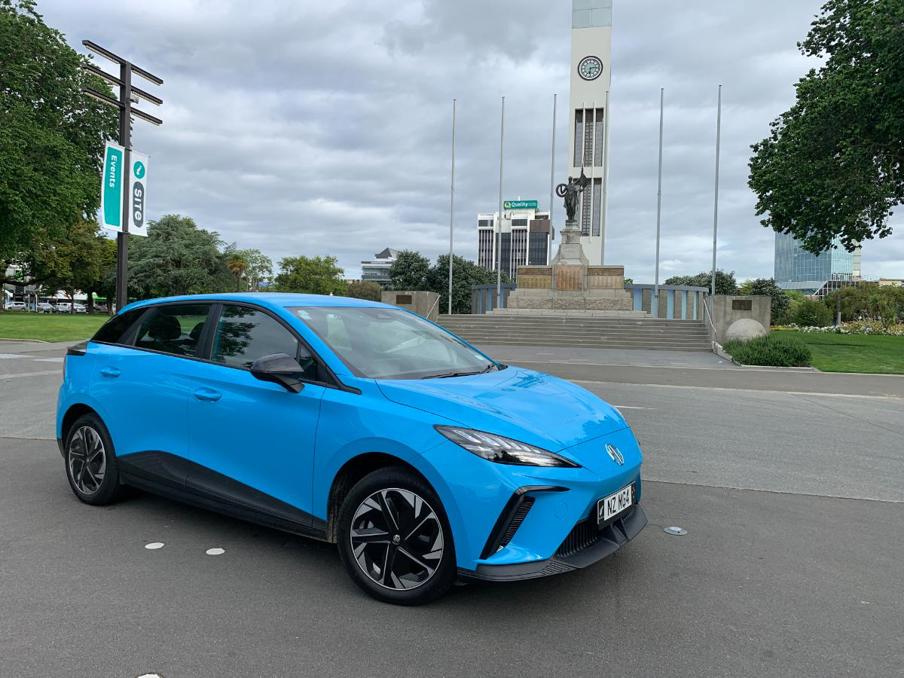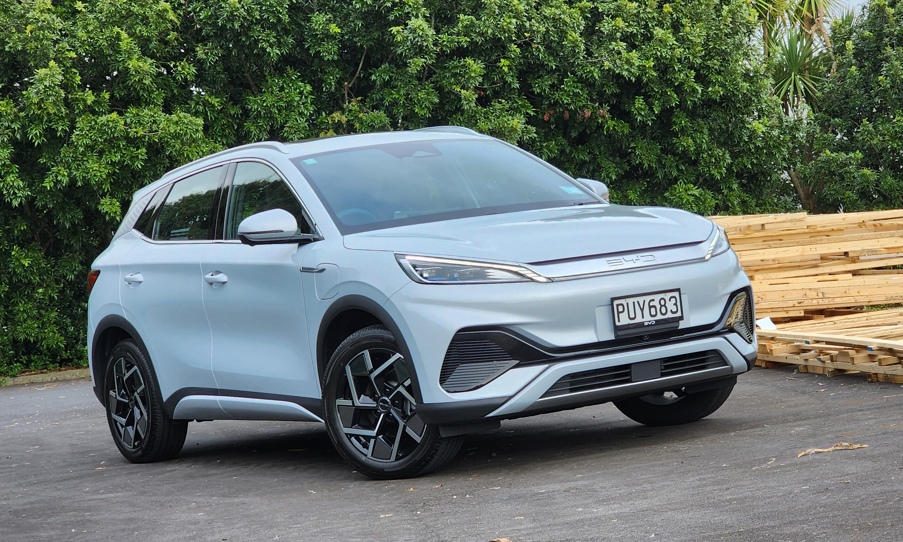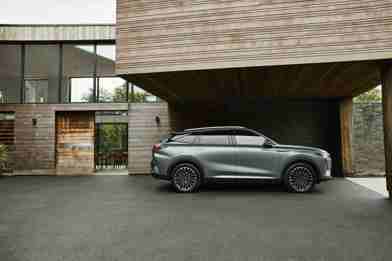Farewell, rebates and fees! As the clock strikes midnight on 31 December 2023, New Zealand's Clean Car Discount (CCD) officially enters its twilight zone.
The pioneering policy, once a driving force behind the country's electric vehicle (EV) revolution, has come to a controversial end, leaving motorists and industry experts alike grappling with the road ahead.
For the past couple of years, the Clean Car Programme (CCP) has served as a carrot-and-stick approach to tackling transport emissions. Low-emission vehicles received juicy rebates, while gas guzzlers were slapped with hefty fees.
The results were undeniable: battery electric vehicle (BEV) and hybrid electric vehicle (HEV) sales skyrocketed, and the average CO2 emissions of imported cars plummeted.
But all good things, it seems, must come to an end.
The current government, citing concerns about the scheme's cost and potential market distortions, pulled the plug on the rebates and fees. Now, with the checkered flag waved, questions abound:
What's ending?
The Clean Car Discount (CCD) was a crucial element of the programme, offering rebates for low-emission vehicles and fees for high-emission ones. This system aimed to incentivise the purchase of cleaner vehicles and discourage gas-hungry vehicles.
According to the New Zealand Transport Agency (NZTA) website:
- Eligible vehicles registered up to and on 31 December 2023 will be subject to CCD fees and rebates.
- Vehicles eligible for a rebate and registered up to and on 31 December 2023 can apply for a rebate up to and on 31 December 2023.
- No vehicles will be subject to a CCD fee from 1 January 2024.
What's not ending?
The Clean Car Standard (CCS) is a separate but related policy that remains in effect. It sets targets for the average CO2 emissions of imported vehicles, pushing importers to bring in more lower-emission options.
Will New Zealand EV sales screech to a halt?

The CCD was a sugar rush for EV adoption, offering sweet rebates that made going electric an enticing proposition. Now, with the sugar bowl empty, will Kiwis still flock to these vehicles?
Analysts are split. Some predict a slump as the financial incentive vanishes. Others believe the momentum may carry on, fueled by factors like falling battery costs and a burgeoning local charging network.
We see this as a key question. Did the discount simply jumpstart a nascent EV culture, or was it the fuel that kept the engine running? The answer will shape the trajectory of local EV adoption in the coming years.
Will petrol and diesel powerhouses roar back?
With the financial disincentive for high-emission vehicles gone, could we see a resurgence of SUVs and utes racing their way back onto the tarmac? This is a distinct possibility, especially for budget-conscious buyers.
However, the CCS, the program's stricter cousin, still stands guard. This policy sets CO2 targets for imported vehicles, acting as a speed bump for the worst offenders.
We'll be watching how these two forces play off against each other: will the Standard's invisible hand be enough to keep petrol and diesel vehicles in check, or will they make a triumphant comeback?
What's the roadmap to decarbonisation now?
The sitting government, having pulled the plug on the CCD, has offered only vague hints about what's next. Will we see investment in public transport, cycling infrastructure, or perhaps, a new and improved incentive scheme?
This question remains the heaviest elephant in the room, and we're sure many Kiwi motorists can't help but feel a sense of unease. Without a clear roadmap, the journey towards decarbonisation could become a meandering trip down a side road, rather than a smooth cruise towards a sustainable future.
How will the used car market react?

With the discount scheme gone, it's unclear how the values of used EVs will be affected. Without the financial allure, buyers might shift their focus back to cheaper, albeit higher-emission, petrol and diesel options.
On the flip side, some argue that EVs still boast lower running costs and maintenance requirements, which could maintain their appeal even without the discount. This could create a fascinating dynamic where newer EVs hold their value well, while older, pre-discount models depreciate faster.
Will the end of the CCD impact the regional adoption of EVs?
Rural areas face unique challenges in embracing EVs. Limited charging infrastructure and longer distances present a barrier to entry. The CCD helped bridge this gap by making EVs more financially accessible.
Without that incentive, rural adoption could stagnate, widening the gap between urban and rural EV ownership. This highlights the need for targeted policies and infrastructure investments to ensure equitable access to cleaner transportation options across all regions.
What's next for New Zealand electric mobility in the post-CCD era?
Ultimately, the impact of the CCD's untimely demise remains an open question. Will it be a mere blip on the EV revolution's radar or a significant setback?
The answers lie in a complex interplay of consumer behaviour, infrastructure development, policy interventions, and evolving technology. Some believe that close monitoring, adaptability, and a continued commitment to a sustainable future are key to navigating this uncharted territory.




